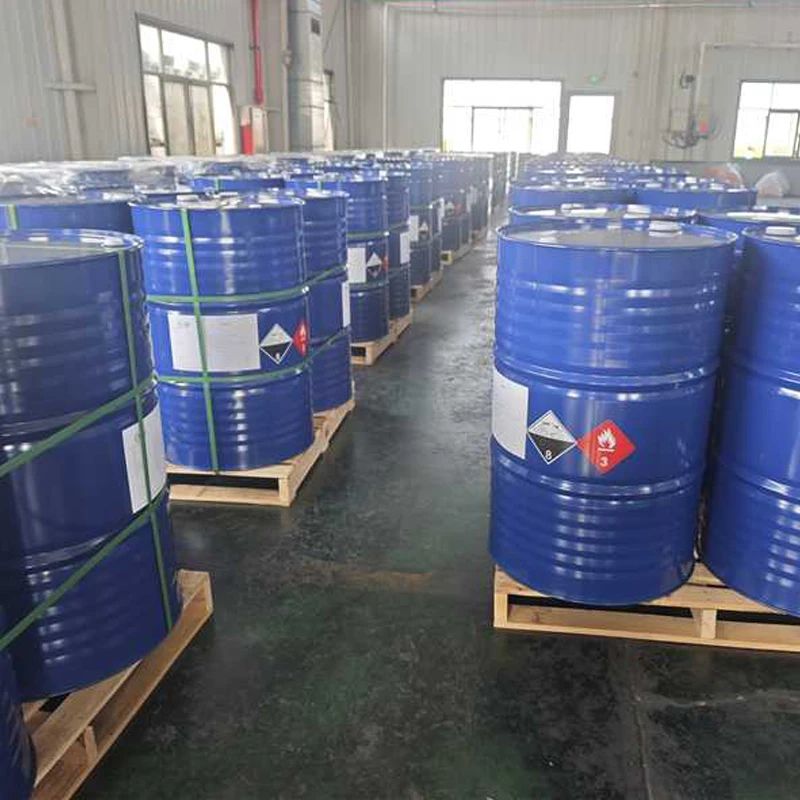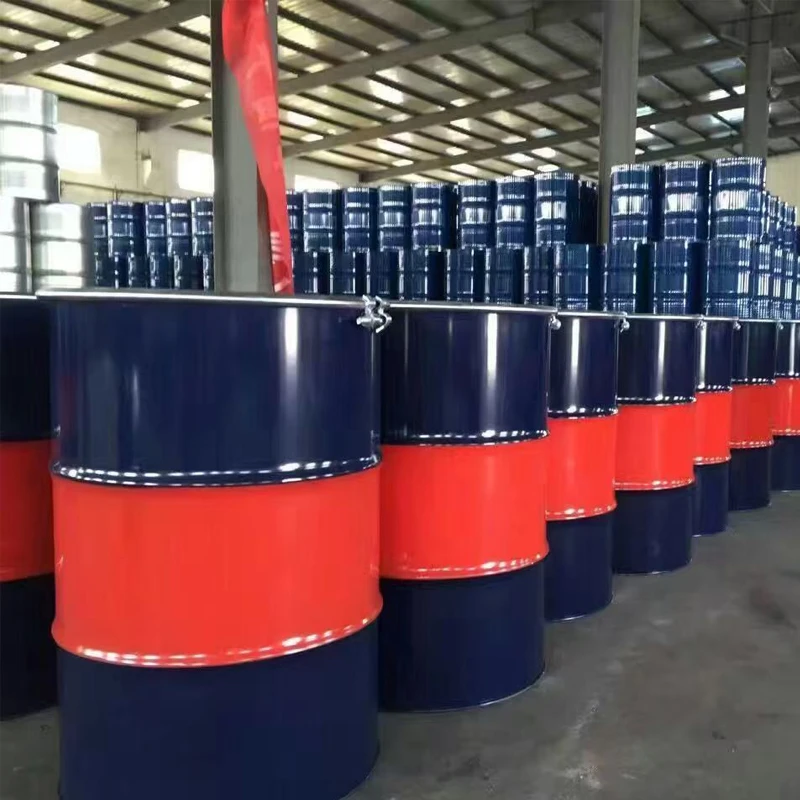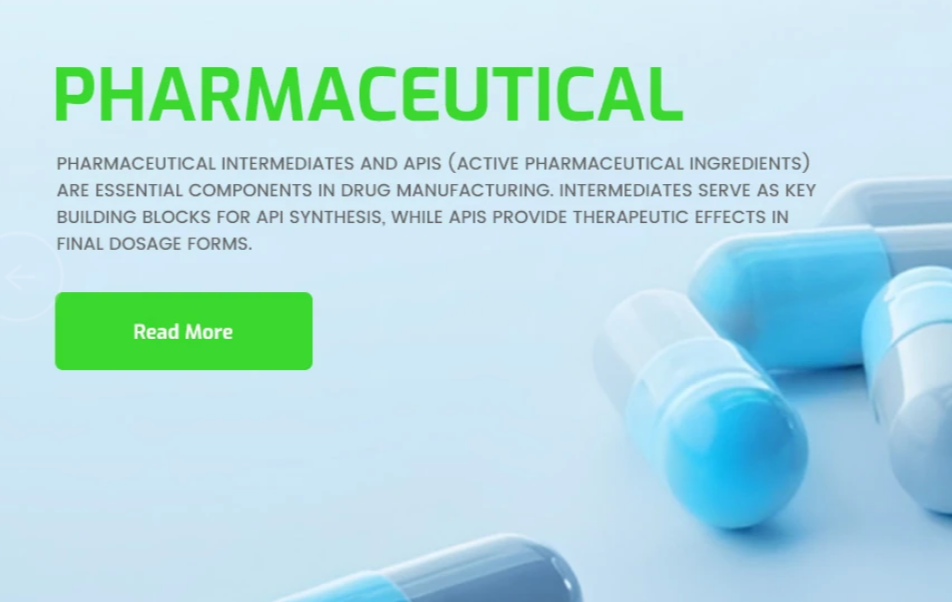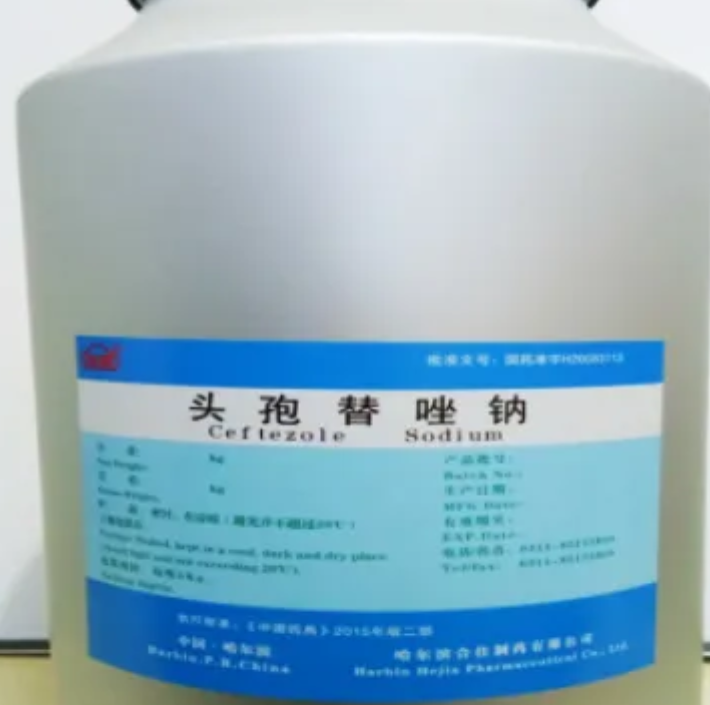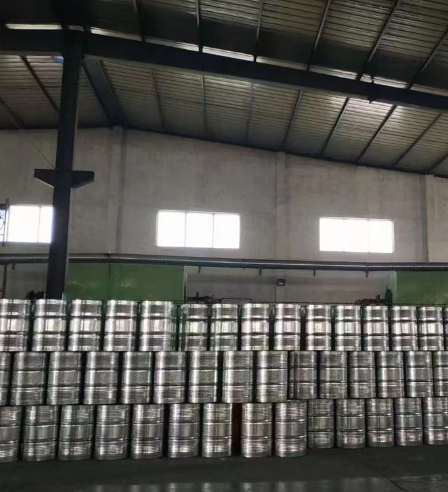The Pivotal Role of Hegrecat TEDA (Triethylene diamine) CAS:280-57-9 in Advanced Catalysis
In the intricate landscape of modern industrial chemistry, the selection of high-performance catalysts is paramount for achieving optimal reaction kinetics, product quality, and process efficiency. Among these critical components, Triethylene diamine, commonly known as TEDA, stands out as a highly effective tertiary amine catalyst, particularly indispensable within the polyurethane industry. Its unique caged-amine structure grants it exceptional catalytic activity for the gelling reaction, striking a vital balance between the foaming and gelling processes, which is crucial for producing high-quality polyurethane foams, elastomers, and coatings. The demand for superior catalyst performance is continuously escalating, driven by evolving regulatory standards for Volatile Organic Compounds (VOCs) and the global push towards more sustainable, energy-efficient manufacturing processes. This necessitates catalysts that not only accelerate reactions but also contribute to lower emissions, enhanced material properties, and extended product lifecycles. As industries seek to innovate and reduce their environmental footprint while maintaining economic viability, the role of specialized catalysts like Hegrecat TEDA (Triethylene diamine) CAS:280-57-9 becomes even more pronounced. Understanding its nuanced technical parameters, robust manufacturing processes, and diverse application potential is key for decision-makers and technical professionals aiming to optimize their chemical formulations and gain a competitive edge in various sectors, including automotive, construction, furniture, and textile industries, all of which rely heavily on advanced polyurethane solutions.
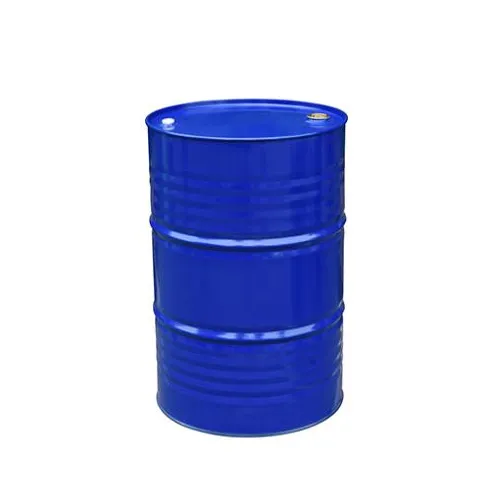
Precision Engineering: The Manufacturing Process of Hegrecat TEDA
The production of high-purity Hegrecat TEDA (Triethylene diamine) CAS:280-57-9 involves a meticulously controlled multi-stage chemical synthesis process designed to ensure consistent quality and performance. The primary raw material, typically ethylenediamine, undergoes a series of reactions, often involving dehydration and cyclization, under precisely regulated temperature and pressure conditions. This complex reaction pathway is critical for forming the unique bicyclic structure of TEDA, which is directly responsible for its exceptional catalytic efficiency in polyurethane systems. The manufacturing process typically commences with the precise mixing of raw materials in a reactor, followed by a catalytic reaction phase. This phase is monitored continuously using advanced analytical techniques to track conversion rates and minimize by-product formation. Post-reaction, the crude product undergoes rigorous purification steps, including distillation, crystallization, or solvent extraction, to remove impurities and achieve the desired purity levels. For instance, the multi-stage distillation process ensures the isolation of Triethylene diamine from other amines and water, yielding a product with minimal moisture content and high assay. Every batch of Hegrecat TEDA (Triethylene diamine) CAS:280-57-9 is subjected to stringent quality control measures at various stages, adhering to international standards such as ISO 9001 for quality management systems and ANSI standards for specific product testing protocols. This includes comprehensive analytical testing for purity, moisture content, melting point, and color, ensuring that each delivery meets the precise specifications required by our clients. This dedication to precision manufacturing not only guarantees product consistency and reliability but also extends the catalyst's effective service life within the client's production cycle, contributing to superior final product quality and reduced waste across diverse applicable industries like petrochemicals for various chemical syntheses, metallurgy for specialized processes, and critical applications in water treatment where specific amine properties are beneficial, although its primary domain remains polyurethanes. The robust quality assurance frameworks in place ensure that the product performs optimally, offering advantages such as energy savings due to efficient reaction kinetics and superior anti-corrosion properties when integrated into specific formulations.
Technical Specifications & Performance Benchmarks of Hegrecat TEDA
The technical efficacy of Hegrecat TEDA (Triethylene diamine) CAS:280-57-9 is validated through a comprehensive set of physical and chemical parameters, which are meticulously monitored to ensure its suitability for demanding industrial applications. As a tertiary amine, TEDA's unique caged structure—1,4-diazabicyclo[2.2.2]octane (DABCO)—is intrinsically linked to its high catalytic activity, particularly in accelerating the urethane (gelling) reaction with minimal impact on the blowing reaction. This balanced catalytic profile is critical for achieving optimal cell structure and physical properties in polyurethane foams. The typical specifications for Hegrecat TEDA (Triethylene diamine) CAS:280-57-9 are presented in the table below, showcasing its purity and stability. These parameters are not merely numbers; they represent the rigorous quality assurance protocols and the inherent stability of the product, which translates directly into reliable performance in complex chemical formulations. For instance, a high assay percentage indicates minimal impurities, ensuring that the catalyst concentration can be precisely controlled, leading to predictable reaction outcomes and consistent product quality. Low moisture content is crucial as water can react with isocyanates, consuming them and producing carbon dioxide, which can disrupt the intended cell structure and lead to defects in the final polyurethane product. The melting point provides an indicator of purity and aids in handling and storage considerations. These specifications are consistently verified against internal and external benchmarks, often surpassing industry standards, which reflects Hegregat's commitment to delivering a premium product. Our technical teams provide detailed Certificates of Analysis (CoA) with every batch, transparently presenting all measured parameters and affirming compliance with client requirements and international standards. This commitment to data-driven quality control is a cornerstone of our authoritative position in the specialty chemical market, fostering deep trust with our partners.
| Parameter | Unit | Specification (Typical) | Test Method |
|---|---|---|---|
| Appearance | - | White crystalline powder/flakes | Visual |
| Assay (Gas Chromatography) | % | ≥ 99.5 | GC |
| Moisture Content | % | ≤ 0.5 | Karl Fischer |
| Melting Point | °C | 155 - 159 | ASTM E324 |
| Boiling Point | °C | 174 | Calculated |
| Density (25°C) | g/cm³ | 1.14 | Pycnometer |
| Solubility in Water | - | Very soluble | Visual |
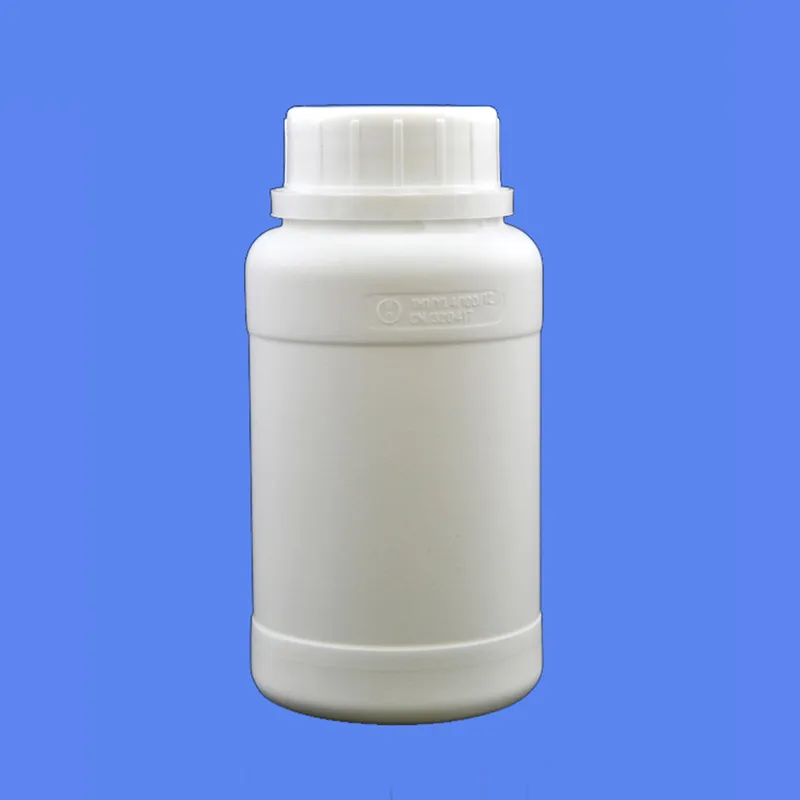
Diverse Applications & Emerging Industry Trends for TEDA
The versatility of Hegrecat TEDA (Triethylene diamine) CAS:280-57-9 extends across a broad spectrum of industrial applications, primarily centered around polyurethane production. Its principal role is as a powerful gelling catalyst, accelerating the reaction between polyols and isocyanates to form the polymer backbone, which is crucial for achieving rapid demold times and maintaining dimensional stability in molded foam applications. This makes it indispensable in the manufacturing of flexible, rigid, and semi-rigid polyurethane foams used extensively in automotive seating, furniture cushioning, insulation panels for construction, and appliance components. In the automotive industry, for example, the consistent performance of TEDA ensures lightweight yet durable seating and interior components, contributing to fuel efficiency and occupant comfort. For construction, rigid foams catalyzed by Hegrecat TEDA (Triethylene diamine) CAS:280-57-9 provide excellent thermal insulation, crucial for energy-efficient buildings. Beyond foams, TEDA finds application in polyurethane coatings, adhesives, sealants, and elastomers (CASE applications), where it promotes rapid curing and enhances mechanical properties, contributing to product longevity and performance. Current industry trends emphasize sustainability, reduced VOC emissions, and enhanced material performance. There is a growing demand for catalysts that can enable lower-density foams with improved strength-to-weight ratios, or faster curing systems that allow for higher throughput without compromising quality. Hegrecat TEDA (Triethylene diamine) CAS:280-57-9 addresses these trends by offering a highly efficient catalytic solution that minimizes catalyst usage, contributing to lower overall chemical consumption, and supporting the development of next-generation polyurethane systems that meet stringent environmental regulations and consumer demands for more durable and sustainable products. Its high activity at low concentrations also supports formulators in achieving their sustainability targets by reducing the overall chemical load in their products, aligning with global efforts to create greener chemical processes and materials.
Unparalleled Technical Advantages & Tailored Solutions
The technical advantages of Hegrecat TEDA (Triethylene diamine) CAS:280-57-9 are multifaceted, stemming from its inherently potent catalytic activity and the rigorous quality control that underpins its production. Unlike many other amine catalysts, TEDA provides a robust gelling acceleration without significantly promoting the blowing reaction, which is crucial for preventing foam collapse or inconsistent cell structure. This selectivity ensures a more controlled and predictable reaction profile, leading to superior final product attributes such as uniform density, excellent physical properties, and enhanced dimensional stability. Its high purity, as evidenced by an assay of ≥ 99.5%, means that formulators receive a consistent and potent product, minimizing variations in their processes and ensuring repeatable results. This level of purity also reduces the introduction of undesirable impurities into the system, which could otherwise interfere with reaction kinetics or compromise product integrity. Furthermore, Hegrecat TEDA (Triethylene diamine) CAS:280-57-9 exhibits excellent solubility in polyols and other common polyurethane raw materials, facilitating easy incorporation and uniform dispersion within formulations. This ease of use translates to more efficient production lines and reduced processing issues. While a direct manufacturer-to-manufacturer comparison can be complex due to proprietary formulations, Hegrecat distinguishes itself through its unwavering commitment to product consistency, technical support, and the capacity for developing customized solutions. For clients with unique formulation challenges or specific performance targets, Hegrecat offers bespoke synthesis and formulation adjustments. This includes varying particle sizes for specific dispersion requirements, or developing TEDA in specialized blends or solvent carriers to optimize handling and dosing in automated systems. Our experienced R&D team works closely with clients to understand their precise needs, providing tailored samples and conducting extensive lab-scale and pilot-scale trials to validate the efficacy of customized solutions before scaling up to commercial production. This collaborative approach ensures that our clients receive a product that is not just off-the-shelf, but perfectly integrated into their specific manufacturing environment, maximizing their operational efficiency and product quality.
Real-World Impact: Application Case Studies and Client Successes
The tangible benefits of utilizing Hegrecat TEDA (Triethylene diamine) CAS:280-57-9 are best illustrated through its successful application in various industrial scenarios, demonstrating its ability to meet and exceed performance expectations. One notable case involved a leading manufacturer of automotive seating foams, struggling with inconsistent curing times and variable foam density, leading to increased scrap rates and production bottlenecks. By integrating Hegrecat TEDA (Triethylene diamine) CAS:280-57-9 into their formulation, leveraging its high purity and controlled gelling activity, they observed a significant reduction in demold times by 15%, alongside a 10% improvement in foam density consistency. This led to a 7% decrease in overall production costs due to reduced waste and increased throughput. Another instance saw a major construction materials company facing challenges in producing rigid insulation panels with optimal thermal resistance and mechanical strength. Their existing catalyst system resulted in foams with uneven cell structures. Following a collaborative effort with Hegrecat's technical experts, who recommended a precise dosing regimen for Hegrecat TEDA (Triethylene diamine) CAS:280-57-9, the client achieved a foam with finer, more uniform cell architecture, resulting in a 5% improvement in K-factor (thermal conductivity) and enhanced compressive strength. These improvements were verified through rigorous internal testing and external certification processes, highlighting the product’s authoritative impact. Hegrecat’s extensive experience in the field allows us to provide more than just a product; we offer comprehensive technical support, including formulation guidance, troubleshooting, and optimization services. Our service cases span a decade of assisting clients in solving complex chemical challenges, from optimizing reactivity profiles for specific environmental conditions to designing custom catalyst blends for novel polyurethane applications. Our long-standing relationships with global partners and our adherence to international quality standards such as ISO 9001 and REACH compliance further underscore our trustworthiness and reliability as a preferred supplier for critical chemical components.
Ensuring Trust and Support: FAQ, Delivery, and Warranty
Building and maintaining trust with our B2B partners is fundamental to our operations, and this extends beyond product quality to encompass transparent processes, reliable support, and clear commitments. We understand that acquiring specialty chemicals like Hegrecat TEDA (Triethylene diamine) CAS:280-57-9 involves critical supply chain decisions, and our commitment to trustworthiness is reflected in every interaction. We provide a comprehensive FAQ section to address common inquiries regarding product specifications, handling, storage, and application guidelines. This resource is continuously updated based on customer feedback and evolving industry best practices, ensuring that essential information is readily accessible. For instance, questions often arise about the shelf life of Hegrecat TEDA (Triethylene diamine) CAS:280-57-9, to which we provide specific guidance on storage conditions (cool, dry, sealed container111s) to maintain its integrity for up to two years from the manufacturing date. Another frequent query concerns its compatibility with various polyols and additives; our technical team provides detailed compatibility charts and formulation advice. Regarding delivery, we pride ourselves on efficient logistics and a robust global supply chain, ensuring predictable and timely order fulfillment. Our standard delivery cycle varies depending on destination and order volume, typically ranging from 7 to 21 business days for international shipments, with expedited options available upon request for urgent requirements. Each shipment is meticulously packaged to prevent contamination or degradation during transit. Our quality assurance extends to a clear and comprehensive warranty policy. We guarantee that Hegrecat TEDA (Triethylene diamine) CAS:280-57-9 will meet the specified technical parameters as outlined in its Certificate of Analysis upon delivery. Any discrepancies are promptly addressed through our dedicated customer support channels, which include technical assistance, complaint resolution, and product replacement policies. Our team of experienced technical professionals is available to provide continuous post-sales support, assisting with troubleshooting, process optimization, and long-term material performance evaluations. This holistic approach to customer service ensures peace of mind and fosters long-term, mutually beneficial partnerships.
References
- Oertel, G. (Ed.). (1994). Polyurethane Handbook: Chemistry, Raw Materials, Processing, Application, Properties. Hanser Publishers.
- Randall, D., & Lee, S. (2002). The Polyurethanes Book. John Wiley & Sons.
- Saunders, J. H., & Frisch, K. C. (1962). Polyurethanes: Chemistry and Technology. Part I: Chemistry. Interscience Publishers.
- ASTM International. (Various Standards). Standards for Polyurethane Materials.
- Journal of Cellular Plastics. (Various Issues). Research on Catalyst Performance in Foamed Polymers.

